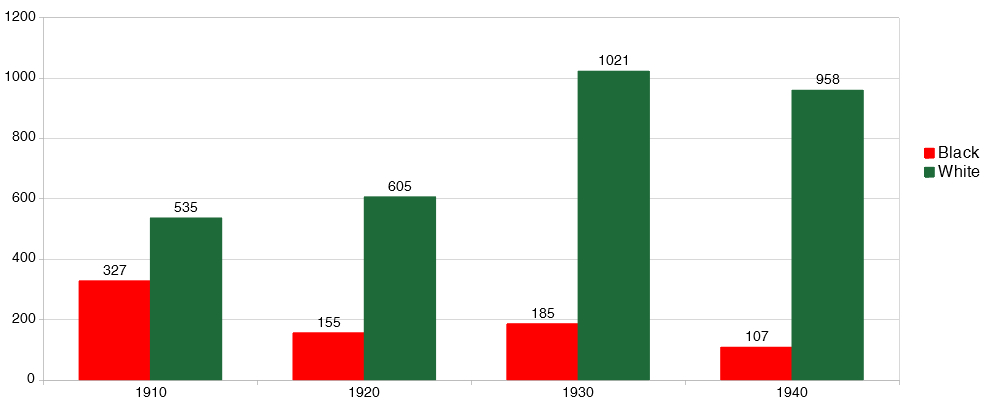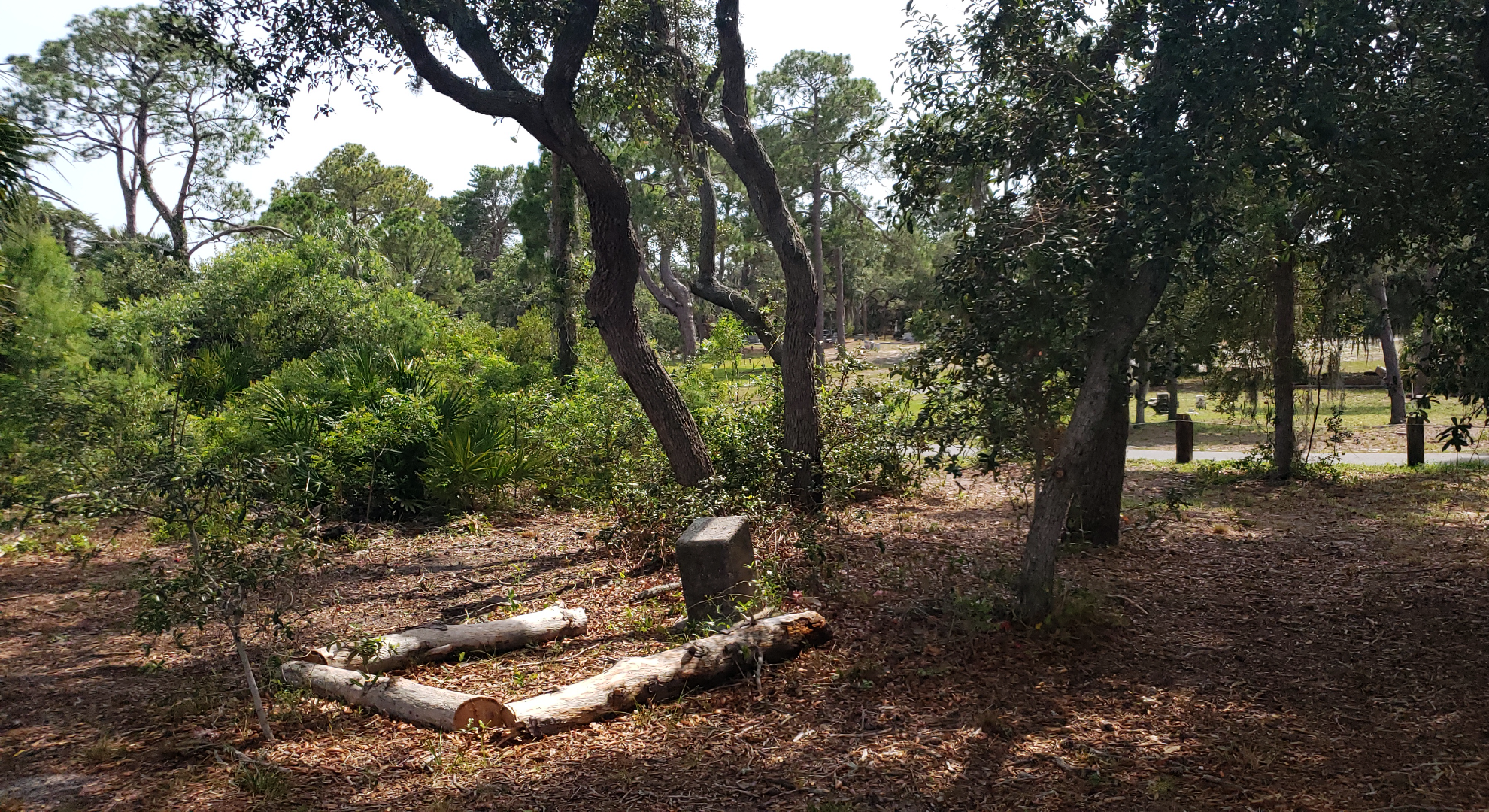The following is based on preliminary research regarding the presence of African American burials in Cedar Key, Florida. This research is motivated by my previous research on Rosewood, and my recent election as President of the Cedar Key Historical Society. The society manages the Cedar Key Historical Museum, and I’m excited to work with a great group of folks on a variety of different projects.

One of my priorities in working with the museum is to expand the exhibits with more information about Cedar Key’s fascinating African American history. This history stretches back to the 1800s, and includes events like the election of a Black mayor in the 1870s (during Reconstruction). Unlike Rosewood, where the African American population was violently displaced in 1923, Cedar Key’s African American community persisted into the 1940s, when it accounted for 11% of the population.

One site I’m particularly interested in is the Cedar Key Cemetery. This site is home to more than a thousand marked burials, none of which are African American. Local residents have repeatedly told me that an area in the back of the cemetery is home to the town’s African American cemetery or burial ground. This area is indicated by signs about unmarked graves

I recently assisted the Executive Director of the CKHS submit a grant application to conduct a ground penetrating radar (GPR) survey of this area. The goal is to locate unmarked graves. Until recently, we could only assume these unmarked graves were associated with African American burials. I finally walked around the signs and had a look at this part of the cemetery a few weeks ago. To my surprise I discovered a marked burial only partially hidden by trees and bushes. Unfortunately, I couldn’t make out any of the text on the gravestone.

Fortunately, we can draw on new digital technologies to create very accurate 3D models of the marker. This provides a new way of reading the marker without potentially damaging it. This process is called photogrammetry and uses computer software to create a 3D model from a series of 2D photographs. The results are below.

The above image shows a close-up on the grave marker and the 3D model. The 3D model is much clearer. It identifies the person buried here as Adeline Tape, apparently misspelled in the 1920 census as Arline. Ms. Tape died in 1927 and is listed as working at the Fiber Factory in Cedar Key in 1920. I was very excited by this. In all honesty, I should have known about this, and hopefully our efforts will help educate others about Ms. Tape, her community, and Cedar Key’s African American community. You can check our the 3D model of this grave below:
